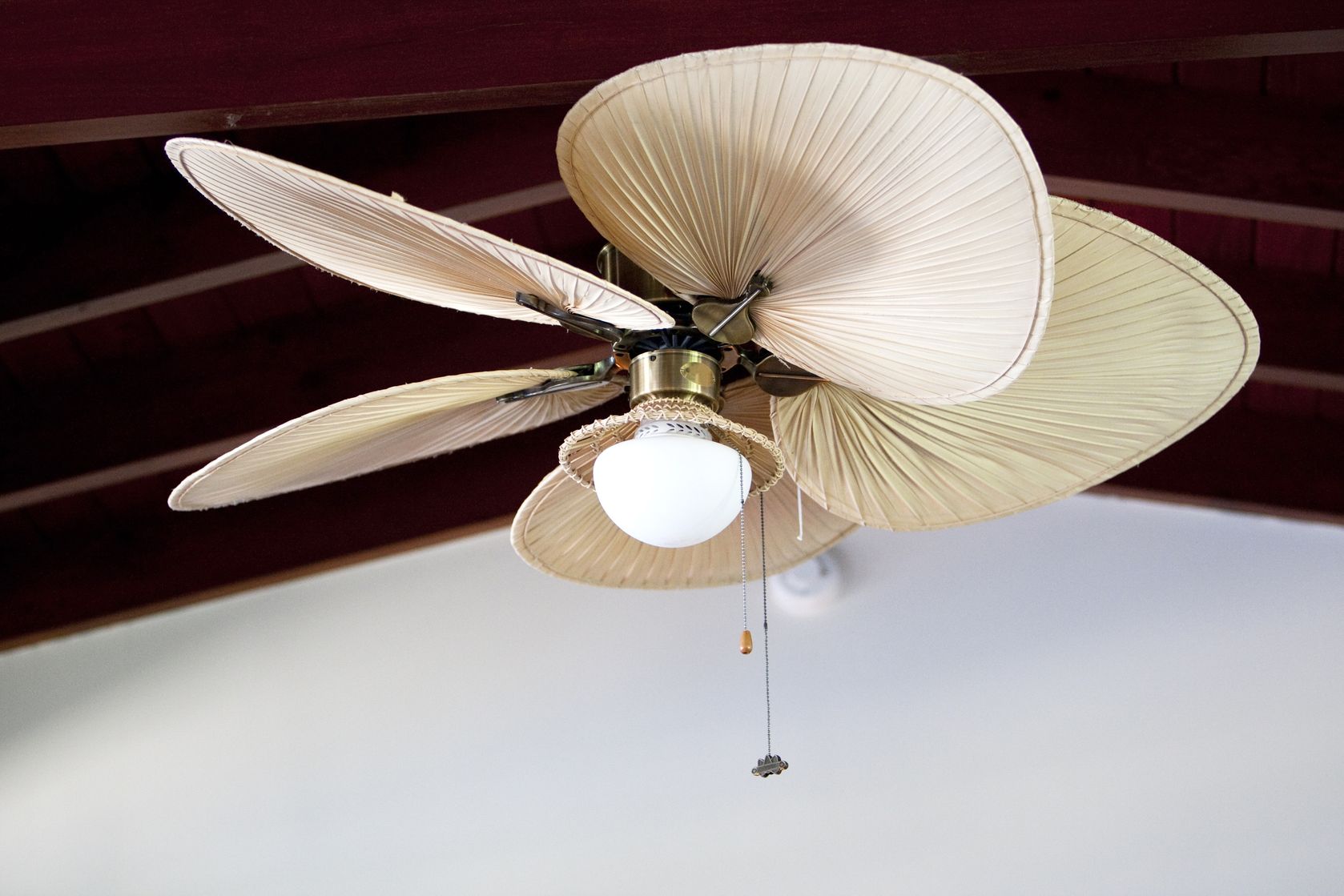

Articles
How Do Ceiling Fans Work
Modified: October 28, 2024
Discover the science behind the functioning of ceiling fans with our informative articles. Learn how these popular household appliances provide efficient cooling and circulation in any room.
(Many of the links in this article redirect to a specific reviewed product. Your purchase of these products through affiliate links helps to generate commission for Storables.com, at no extra cost. Learn more)
Introduction
Ceiling fans have been a staple in homes and offices for decades, providing a cost-effective and efficient way to cool or circulate air. These simple yet powerful appliances can make a significant difference in the comfort level of a room, but have you ever wondered how they actually work?
In this article, we will explore the inner workings of ceiling fans, including their components, the mechanics behind air movement, and the benefits they offer. So, let’s dive in and uncover the mystery behind these fascinating devices!
At the core of a ceiling fan is its motor, which is responsible for driving the rotation of the blades. The motor is typically located inside a housing at the center of the fan. It converts electrical energy into mechanical energy, allowing the blades to spin at various speeds.
The blades themselves are an essential component of the ceiling fan. They come in different shapes, lengths, and angles, which affect the airflow and the overall efficiency of the fan. Typically made of wood, plastic, or metal, the blades are attached to the motor and rotate in a horizontal plane.
To keep the ceiling fan securely in place, a mounting bracket is used. This bracket attaches the fan to the ceiling or a supporting structure. It ensures stability and allows for smooth and safe operation of the fan.
In addition to the physical components, ceiling fans also feature control switches. These switches are usually located on the fan’s body or on a remote control. They allow users to adjust the fan’s speed, turn it on or off, and sometimes even control additional features like lights or timers.
Now that we understand the basic components of a ceiling fan, let’s explore how they create air movement. When the fan is switched on, the motor starts rotating the blades in a circular motion. As the blades rotate, they create a flow of air in the room. This air movement can have a cooling effect on people, making them feel more comfortable in warm environments.
Another important feature of many ceiling fans is the directional switch. This switch allows users to control the direction in which the blades rotate. In the forward or summer mode, the blades spin counterclockwise, creating a breeze that blows air downwards. This creates a cooling effect on the skin. In the reverse or winter mode, the blades rotate clockwise, pushing the warm air near the ceiling down into the room. This can help to distribute heat more evenly during colder months.
Key Takeaways:
- Ceiling fans offer year-round functionality, providing a cooling breeze in summer and distributing warm air in winter. They enhance comfort, reduce energy costs, and create a peaceful atmosphere with noise reduction.
- High-quality ceiling fans operate quietly, promote energy efficiency, and improve air circulation. They offer customizable comfort, reduced noise, and a versatile, decorative addition to any space.
Read more: How A Ceiling Fan Works
Components of a Ceiling Fan
A ceiling fan consists of several key components that work together to provide efficient air movement and cooling. Understanding these components will give you a better appreciation for how this functional and decorative appliance operates.
The most crucial component of a ceiling fan is the motor. This is the powerhouse that drives the rotation of the blades and determines the fan’s performance. Most ceiling fan motors are electric and utilize either alternating current (AC) or direct current (DC). AC motors are the most common and are known for their reliability and long lifespan. On the other hand, DC motors are more energy-efficient and allow for more precise control of the fan’s speed.
The blades of a ceiling fan come in various shapes, sizes, and materials. Common blade materials include wood, metal, and plastic. The number of blades can vary, but most ceiling fans have between three and five. The angle or pitch of the blades also plays a role in how effectively the fan moves air. High-pitched blades are more efficient at generating airflow, but they can also generate more noise. Lower-pitched blades are quieter but may not move as much air.
To securely hang the fan from the ceiling, a mounting bracket is used. This bracket is typically attached to a ceiling joist or support structure. It ensures that the fan remains stable and reduces the risk of wobbling or shaking during operation. The mounting bracket also acts as a connection point for the fan’s components.
Control switches are another essential component of a ceiling fan. They allow users to adjust the fan’s speed, turn it on or off, and sometimes control additional features like integrated lighting. Ceiling fans may have pull chains, wall-mounted switches, or remote controls for convenient operation.
Many modern ceiling fans also come equipped with integrated lighting fixtures. These fixtures can provide additional illumination to a room while saving space and reducing the need for separate light fixtures. The lighting options can vary, ranging from basic single-bulb fixtures to more sophisticated designs with multiple bulbs and different lighting modes.
Ceiling fans may also include additional features such as reversible motors or built-in thermostats. Reversible motors allow the fan’s direction to be changed, enabling it to be used both in the summer and winter months. Built-in thermostats can automatically adjust the fan’s speed based on the room’s temperature, optimizing energy efficiency and comfort.
These various components work together seamlessly to create a functional and efficient ceiling fan. With a sturdy motor, well-designed blades, a secure mounting bracket, convenient control switches, and additional features like lighting and thermostat control, a ceiling fan can provide both comfort and aesthetic appeal to any space.
Motor
The motor is the heart of a ceiling fan. It is responsible for converting electrical energy into mechanical energy, which drives the rotation of the fan’s blades. A well-functioning motor is crucial for the performance and longevity of the fan.
Ceiling fans typically use either alternating current (AC) motors or direct current (DC) motors. AC motors are the most common type and have been used in ceiling fans for many years. They are known for their reliability and durability. AC motors are capable of providing consistent and powerful performance, making them suitable for larger ceiling fans and commercial applications.
On the other hand, DC motors have gained popularity in recent years due to their energy efficiency and advanced control options. DC motors consume less electricity, allowing for greater energy savings and reducing the cost of operation. They are also quieter and produce less heat compared to AC motors. The ability to control the speed of DC motors in finer increments provides more flexibility in adjusting the fan’s airflow according to personal comfort preferences.
The motor’s size and power directly influence the performance of the ceiling fan. The power output of a motor is typically measured in horsepower or wattage. Higher wattage or horsepower motors tend to generate more airflow, resulting in greater cooling or air circulation capabilities. However, it’s important to note that a motor’s power alone is not the sole determinant of a fan’s performance. Other factors, such as blade design and pitch, also play a significant role.
The construction and quality of the motor also impact its performance and longevity. Quality motors are built with durable materials and undergo rigorous testing to ensure reliable operation. They are designed to operate smoothly and efficiently, minimizing noise and vibration. High-quality motors are also sealed to protect internal components from dust and moisture, extending their lifespan and reducing the risk of malfunctions.
In addition to the type and quality of the motor, maintenance plays a crucial role in ensuring its optimal performance. Regular cleaning and lubrication of the motor’s bearings and moving parts help to prevent friction and prolong its lifespan. It’s also important to check for any loose connections or signs of wear and tear and address them promptly to avoid further damage.
Overall, the motor is a vital component of a ceiling fan, determining its performance, energy efficiency, and durability. Whether it’s an AC motor or a DC motor, choosing a high-quality motor will ensure a reliable and efficient cooling or air circulation solution for your space.
Blades
The blades of a ceiling fan are one of its most visible and recognizable components. They play a crucial role in creating airflow and determining the efficiency of the fan. Let’s take a closer look at the different aspects of ceiling fan blades.
Blade Materials: Ceiling fan blades can be made from various materials, including wood, metal, and plastic. Each material has its own advantages and characteristics. Wood blades are popular for their aesthetic appeal and can provide a classic or rustic look to a room. Metal blades, typically made of aluminum or steel, are known for their durability and sleek appearance. Plastic blades are lightweight, affordable, and come in a variety of colors and finishes.
Blade Design: Ceiling fan blades come in different shapes and sizes, and their design directly impacts the airflow generated by the fan. Generally, a larger blade size creates more airflow, but it may also require a more powerful motor to operate efficiently. Blade shape also plays a role in airflow generation. Some common blade shapes include flat, curved, or angled blades. Curved blades, also known as “swept” blades, are often preferred as they can produce more air movement with less noise.
Blade Angle or Pitch: The angle at which the blades are positioned, known as the pitch, also affects the fan’s efficiency. Blades with a steeper pitch can move more air but may require a higher motor power. A typical blade pitch ranges from 10 to 15 degrees, although more extreme pitches can be found in specialized fans. The pitch of the blades determines how effectively they can capture and move the air.
Number of Blades: Ceiling fans can have varying numbers of blades, typically ranging from three to five. The number of blades does not significantly impact the fan’s performance but can affect the fan’s aesthetic appeal. Fans with more blades may create a different visual effect but could potentially generate more noise due to the increased surface area.
Balance and Weight: Proper blade balance is essential to minimize noise and vibration during operation. Imbalanced blades can cause wobbling, which not only affects performance but also poses a safety risk. Ceiling fan blades are carefully weighed and balanced during the manufacturing process to ensure smooth and stable rotation.
Reversible Blades: Some ceiling fans feature reversible blades, allowing for a change in the fan’s direction. This feature is particularly useful for year-round use. In the summer mode, the blades rotate counterclockwise, creating a cooling breeze. In the winter mode, the blades rotate clockwise, pushing warm air down from the ceiling into the room to enhance heating efficiency.
It’s important to note that while ceiling fan blades significantly contribute to airflow and comfort, they are not the sole factor that determines a fan’s performance. The quality and power of the motor, the size and design of the fan, and other factors such as room size and ceiling height also play important roles in overall functionality.
When selecting a ceiling fan, consider the blade material, design, angle, and the number of blades that best suit your preferences and needs. A well-designed and balanced set of blades can enhance not only the airflow but also the aesthetic appeal of any room.
Mounting Bracket
The mounting bracket is a crucial component of a ceiling fan, responsible for securely attaching the fan to the ceiling or another supporting structure. It plays a vital role in ensuring the stability, safety, and smooth operation of the fan.
Most ceiling fans come with a mounting bracket that is designed to be compatible with standard ceiling junction boxes. The junction box is typically located in the ceiling and provides support for electrical connections and other fixtures. The mounting bracket is attached to this junction box to provide a stable base for the fan.
The mounting bracket consists of two main parts: the canopy and the yoke. The canopy is the portion that covers the junction box and is usually a circular or rectangular plate. The yoke is a bracket or frame that connects the motor housing of the fan to the canopy. It acts as a suspension point for the fan.
Depending on the design and manufacturer, mounting brackets can vary in size, shape, and materials. They are typically made of metal, such as steel or aluminum, to ensure strength and durability. Some mounting brackets may also have a protective coating to prevent rust and corrosion over time.
When installing a ceiling fan, the mounting bracket is first attached to the junction box using screws or bolts. It is important to ensure that the bracket is securely fastened to provide a stable base for the fan. This step is critical in preventing any wobbling or shaking of the fan during operation, which can not only affect its performance but also pose a safety hazard.
The mounting bracket also allows for proper wiring and electrical connections. It provides a space to neatly tuck away the electrical wires, ensuring they are safely concealed and protected. This helps to prevent any accidental contact with the wiring during fan operation.
In addition to its primary function of supporting the fan, some mounting brackets also offer the flexibility of adjusting the fan’s position. These adjustable brackets allow for slight adjustments in the fan’s alignment, ensuring optimal airflow and reducing any potential noise caused by misalignment.
When selecting a ceiling fan, it is important to check the manufacturer’s guidelines and recommendations for the appropriate mounting bracket. Improper installation or using an incompatible mounting bracket can compromise the stability and overall performance of the fan.
Overall, the mounting bracket is an essential component of a ceiling fan, providing the necessary support and stability for the fan to operate safely and effectively. A well-installed and secure mounting bracket ensures a smooth and enjoyable experience while enjoying the benefits of a ceiling fan.
Read more: Why Would Ceiling Fan Stop Working
Control Switches
Control switches are an integral part of a ceiling fan, allowing users to adjust its speed, turn it on or off, and sometimes control additional features. These switches provide convenience and flexibility in operating the fan, tailoring its performance to individual preferences and needs.
There are several types of control switches commonly used in ceiling fans:
1. Pull Chains: Pull chains are the most traditional and basic form of control switches. They consist of a chain or string attached to the fan housing that can be pulled to adjust the fan speed or turn the fan on or off. The number of pulls determines the fan’s various speed settings, with each pull representing a different speed option. Pull chains are simple and easy to use, but they require reaching the fan rather than operating it remotely.
2. Wall-Mounted Switches: Wall-mounted switches provide a more convenient way to control the fan. These switches are installed on the wall, usually near the entry point of the room or in a central location. Wall switches can have multiple controls, allowing users to adjust the fan’s speed, turn it on or off, and sometimes control integrated lighting. Some wall switches also offer the option to reverse the fan’s direction or set a timer for automatic shut-off.
3. Remote Controls: Remote controls offer the highest level of convenience and flexibility for controlling a ceiling fan. These handheld devices allow users to adjust the fan’s speed, turn it on or off, reverse the fan’s direction, and control any integrated lighting features from a distance. Remote controls often have additional features like timer settings, allowing the fan to automatically shut off after a set period.
Many ceiling fans come equipped with a combination of control options, providing users with the freedom to choose the method that best suits their preferences and lifestyle. For example, a ceiling fan may have both pull chains and a remote control, allowing users to switch between the two methods as desired.
Advanced control systems can also be available for certain ceiling fans. These systems enable users to control the fan using voice commands via smart home assistants or mobile applications. With these systems, users can easily adjust the fan settings without having to physically interact with any switches or remotes.
When choosing a ceiling fan, consider the control switch options available and select the one that best fits your needs. Whether it’s the traditional pull chain, wall-mounted switches, remote controls, or advanced smart home integration, having convenient and intuitive control over your ceiling fan adds to the overall comfort and enjoyment of your space.
The presence of control switches can enhance the functionality of a ceiling fan and make it easier to create a comfortable environment. With the ability to adjust the speed, turn the fan on or off, and control additional features, control switches provide a seamless and customizable experience for users.
How Ceiling Fans Create Air Movement
Ceiling fans work by creating air movement in a room, providing a cooling effect and enhancing comfort. Understanding how ceiling fans generate airflow can help you make the most of their benefits. Let’s dive into the mechanics of how ceiling fans create air movement.
When a ceiling fan is turned on, it sets the blades in motion, creating a circulating airflow. The rotating blades generate a centrifugal force that pushes the air downwards, creating a breeze that can be felt on the skin. This breeze creates an evaporative cooling effect, making you feel cooler and more comfortable even in warm conditions.
The airflow created by a ceiling fan is a result of the blades’ rotation combined with their shape and pitch. The angle or pitch of the blades determines how efficiently they move air. Higher blade pitches allow for more air movement, while lower pitches generate less airflow but tend to be quieter.
Ceiling fans can be adjusted to different speeds, allowing users to customize the intensity of the airflow. The speed settings control the rotation speed of the blades, influencing the amount of air that the fan moves. Higher speeds create a stronger breeze, while lower speeds provide a more gentle airflow.
The direction in which the blades rotate also plays a role in airflow generation. Most ceiling fans have a switch that allows users to change the direction of the blades. In the summer mode, the blades rotate counterclockwise, creating a downward airflow. This creates a cooling effect by evaporating moisture on the skin. In the winter mode, the blades rotate clockwise, pushing air upwards and creating a gentle updraft. This helps to distribute warm air that naturally rises to the ceiling, improving heating efficiency.
It’s important to note that while ceiling fans create a cooling effect, they do not actually lower the temperature in a room. They primarily provide comfort by moving the air and creating a perceived cooling sensation on the skin. To maximize the effectiveness of a ceiling fan, it’s recommended to turn it off when the room is unoccupied to conserve energy.
Ceiling fans can be used in conjunction with air conditioning to enhance its efficiency. When using both, set the thermostat a few degrees higher and rely on the ceiling fan to create a cool breeze. This can help reduce the workload on your AC unit, leading to energy savings.
In summary, ceiling fans create air movement by rotating their blades, generating a breeze that provides a cooling effect in a room. The pitch, shape, speed, and direction of the blades all play a role in determining the airflow and the level of comfort provided. By understanding how ceiling fans work, you can maximize their benefits and enjoy a more comfortable living or working environment.
Ceiling fans work by creating a wind-chill effect, making you feel cooler by circulating air in the room. In the summer, set the fan to run counterclockwise to create a cooling breeze, and in the winter, set it to run clockwise to push warm air down from the ceiling.
Directional Switch
The directional switch is a valuable feature found in many ceiling fans. This switch allows users to change the direction of the fan’s blades, altering the airflow generated by the fan. By understanding how to use the directional switch effectively, you can optimize the performance of your ceiling fan for both summer and winter seasons.
In the forward or summer mode, the directional switch is usually set to rotate the fan blades in a counterclockwise direction. When the blades spin in this direction, they create a downward airflow. This breeze creates a cooling effect by evaporating moisture on the skin, making you feel more comfortable in warm weather. The counterclockwise rotation also helps to distribute air conditioning more evenly throughout the room.
During the winter months, the directional switch can be set to reverse the rotation of the blades. In the reverse or winter mode, the blades rotate clockwise. This direction creates an updraft, pushing warm air near the ceiling down into the room. This helps to eliminate any temperature stratification and ensures a more even heat distribution. By running the ceiling fan in reverse during winter, you can potentially reduce heating costs, as you can rely less on your heating system to maintain a comfortable temperature.
Using the directional switch is fairly simple. Most ceiling fans have a small toggle switch on the motor housing, near the pull chain. By flipping the switch, you can change the direction of the fan’s blades. Some ceiling fans may require you to turn the fan off before adjusting the directional switch, while others may allow you to change the direction while the fan is in operation.
It’s important to note that not all ceiling fans have a directional switch. If your ceiling fan does not have this feature, it is likely designed to only move air in one direction. In such cases, the fan is typically set to rotate in the counterclockwise direction for optimal cooling during the summer months.
Proper use of the directional switch can enhance the efficiency and functionality of your ceiling fan throughout the year. By adjusting the direction of the blades, you can maximize the fan’s ability to cool you down during the summer and distribute warm air during the winter. It’s important to consult the manufacturer’s instructions for your specific ceiling fan model to ensure you are using the directional switch correctly.
Remember, the directional switch is a valuable tool that allows you to adapt your ceiling fan to your specific comfort needs in different seasons. By utilizing this feature, you can make your ceiling fan a year-round asset in creating a comfortable and enjoyable living or working environment.
Summer Mode vs. Winter Mode
Ceiling fans are not only useful for cooling during hot summer months but also for enhancing comfort in the colder winter months. By understanding the differences between summer mode and winter mode, you can optimize the airflow and make the most of your ceiling fan’s benefits throughout the year.
In summer mode, the ceiling fan is set to rotate in a counterclockwise direction. This direction creates a cooling effect by generating a downward airflow. As the blades rotate, they push the air downwards, creating a breeze that can be felt on the skin. This breeze evaporates the moisture on our skin, making us feel cooler even in warm weather. The airflow also helps to distribute cool air from air conditioning systems more efficiently throughout the room, promoting a more comfortable environment.
Setting your ceiling fan to the appropriate speed during the summer can enhance its cooling capabilities. A higher speed setting will produce stronger airflow and provide a more effective cooling effect. However, it’s important to note that the effectiveness of a ceiling fan in cooling a space relies on creating a wind chill effect and does not actually lower the temperature in the room.
In winter mode, the ceiling fan’s direction is set to rotate in a clockwise direction. This direction creates an updraft. As the blades spin in this direction, they push the air upwards, forcing the warm air that rises to the ceiling down into the room. This helps to redistribute the warm air throughout the space, preventing hot air from accumulating near the ceiling while providing a more even temperature distribution. By using the ceiling fan in this mode, you can make better use of heat sources in the room and potentially reduce heating costs during the winter months.
It’s important to note that when using a ceiling fan in winter mode, it is advisable to lower the speed setting to a lower speed. The purpose of running the fan in winter mode is to gently circulate the air without creating a cooling breeze. A low or medium speed setting should be sufficient to achieve the desired effect of redistributing the warm air from the ceiling without creating discomfort.
Transitioning between summer mode and winter mode is as simple as flipping the directional switch on your ceiling fan. Most ceiling fans have a switch located on the motor housing or remote control that allows you to change the direction of the blades with ease.
By utilizing the summer and winter modes of your ceiling fan, you can enjoy enhanced comfort throughout the year while potentially reducing energy costs. During the summer months, your ceiling fan can help create a pleasant cooling breeze, while in the winter, it can help distribute warm air more evenly. Understanding how to optimize your ceiling fan’s settings for each season will enable you to make the most of this versatile appliance.
Read more: How Do Solar Attic Fans Work
Benefits of Using Ceiling Fans
Ceiling fans are more than just decorative fixtures. They offer a range of benefits that make them a valuable addition to any home or office. Let’s explore the advantages of using ceiling fans and why they are a popular choice for enhancing comfort and energy efficiency.
1. Energy Efficiency: Ceiling fans provide a cost-effective way to cool or circulate air compared to air conditioning units. They consume significantly less energy, resulting in lower electricity bills and reduced environmental impact. By using ceiling fans in conjunction with air conditioners, you can increase energy efficiency and potentially save money on cooling costs.
2. Comfort and Air Circulation: One of the primary benefits of ceiling fans is their ability to create a gentle breeze that cools the skin through the wind chill effect. The airflow generated by the fan helps to evaporate moisture from the skin, making you feel cooler and more comfortable. Additionally, ceiling fans promote air circulation, preventing stagnant air and reducing stuffiness in a room.
3. Noise Reduction: High-quality ceiling fans operate quietly, providing a peaceful environment without disturbing conversations, sleep, or focus in the room. The gentle hum of a well-maintained ceiling fan is often soothing and can help drown out external noises, making it an ideal choice for bedrooms, living rooms, or offices.
4. Versatility and Decorative Appeal: Ceiling fans come in various styles, finishes, and sizes, allowing you to find the perfect one that complements your interior design theme. They can add a decorative element to any space while serving their functional purpose. Ceiling fans with integrated lighting fixtures can also serve as dual-purpose appliances, saving space and adding ambiance to the room.
5. All-Season Usage: Ceiling fans are not only useful during hot summer months but can also be beneficial in winter. By utilizing the reverse or winter mode, the warm air near the ceiling can be pushed back down to provide better heat distribution throughout the room. This can help reduce heating costs by allowing you to set the thermostat a few degrees lower.
6. Improved Air Quality: Ceiling fans can contribute to better indoor air quality. By promoting air circulation, they help to reduce the buildup of pollutants, odors, and other airborne particles. This ensures a fresher and healthier environment for you and your family.
7. Safety and Convenience: Ceiling fans are typically mounted out of reach, making them a safe option for households with children and pets. Additionally, ceiling fans come with convenient control switches, allowing you to adjust the fan’s speed or turn it on or off with ease. Some models even offer remote control operation for added convenience.
By utilizing ceiling fans, you can enhance your comfort, reduce energy consumption, and create a more enjoyable living or working environment. Their versatility, energy efficiency, and functional benefits make ceiling fans an excellent investment that can be enjoyed year-round.
Energy Efficiency
Ceiling fans are not only practical and stylish additions to a space but also boast significant energy-saving benefits. These energy-efficient appliances provide effective cooling and air circulation while consuming much less electricity compared to air conditioning units. Let’s explore the reasons why ceiling fans are considered an excellent choice for improving energy efficiency.
1. Reduced Cooling Costs: Running an air conditioner continuously throughout the summer can significantly increase energy consumption and utility bills. Ceiling fans offer a cost-effective alternative by creating a cooling breeze that makes you feel comfortable without the need for excessive air conditioning. By using ceiling fans alongside air conditioners, you can raise the thermostat a few degrees and still enjoy a cool and comfortable indoor environment. This can result in substantial energy savings over time.
2. Energy Conservation: Ceiling fans consume considerably less energy than air conditioners. While air conditioners can consume hundreds or even thousands of watts of electricity, ceiling fans typically use only 10 to 120 watts. This drastic difference in energy consumption makes ceiling fans a much greener and eco-friendly option. By using ceiling fans as the primary cooling method or as a supplement to air conditioning, you can reduce your carbon footprint and contribute to a more sustainable environment.
3. Efficient Air Distribution: Ceiling fans promote better air circulation in a room. By creating a gentle breeze, they circulate the air, preventing stagnant pockets and hotspots. This ensures more even temperature distribution, allowing you to feel cooler even at higher room temperatures. The improved air movement can make you less reliant on air conditioning and help maintain a comfortable indoor environment without using excessive energy.
4. Direct Cooling Effect: Ceiling fans provide a direct cooling effect through the wind chill effect. Without actually lowering the room’s temperature, the breeze generated by the fan makes you feel cooler by accelerating the evaporation of perspiration from your skin. This targeted cooling effect allows you to rely less on cooling an entire space and instead focus on personal comfort.
5. Dual-Use Lighting Fixtures: Many ceiling fans come with integrated lighting fixtures, allowing you to combine lighting and cooling functions into a single appliance. By using ceiling fans with efficient LED lights, you can save even more energy compared to using separate lighting fixtures and cooling devices. This integration helps reduce energy consumption while maintaining functionality and aesthetics in your space.
6. Supplemental Heating Efficiency: As mentioned earlier, ceiling fans can be used in reverse or winter mode during colder months. By running the fan in this mode, warm air trapped near the ceiling is pushed down, ensuring efficient heat distribution and preventing heat loss through the ceiling. This can reduce the reliance on heating systems, potentially lowering heating costs and saving energy without compromising indoor comfort.
By harnessing the energy efficiency of ceiling fans, you can reduce your energy consumption, decrease utility bills, and contribute to a more sustainable lifestyle. Whether you choose to use them to complement your air conditioning or as standalone cooling solutions, ceiling fans are an effective way to enhance comfort while saving energy.
Comfort and Air Circulation
One of the key benefits of using ceiling fans is the enhanced comfort they provide through improved air circulation. Ceiling fans offer a cost-effective and energy-efficient solution to create a pleasant indoor environment. Let’s explore how ceiling fans contribute to comfort and improve air circulation.
1. Cooling Effect: Ceiling fans create a gentle breeze in a room, providing a cooling effect on the skin through the wind chill effect. This evaporation of moisture from the skin can make you feel several degrees cooler, even at higher room temperatures. The cooling sensation from a ceiling fan can help combat the discomfort caused by hot and humid weather, allowing you to feel more comfortable and relaxed in your space.
2. Evaporative Cooling: The airflow generated by ceiling fans helps accelerate the evaporation of moisture from your skin, which cools your body. This natural process occurs as the moving air increases the rate of evaporation, creating a cooling effect similar to the one felt when a cool breeze blows against your skin on a hot summer day. By using ceiling fans to create gentle air movement, you can experience the benefits of evaporative cooling and improve your overall comfort.
3. Air Circulation: Ceiling fans promote better air circulation within a room. They help eliminate stagnant air pockets and distribute fresh air throughout the space. Improved air circulation can prevent the buildup of stuffiness, odors, and pollutants, creating a healthier and more pleasant environment. The constant movement of air can also reduce moisture accumulation, helping to minimize issues such as mold and mildew growth.
4. Personalized Comfort: Ceiling fans provide a customizable cooling experience. Most ceiling fans offer multiple speed settings, allowing you to adjust the fan’s rotation speed to meet your preferences. Whether you prefer a gentle breeze or stronger airflow, you can set the fan at a speed that provides the ideal level of comfort for you. This personalized comfort control ensures that everyone in the room can find their optimum level of airflow and cooling.
5. Noise Reduction: Ceiling fans typically operate quietly, providing a peaceful and serene environment. The gentle hum of a ceiling fan can help mask or reduce other background noises, promoting a more comfortable atmosphere for relaxation, work, or sleep. This makes ceiling fans a popular choice for bedrooms, living rooms, and other areas where a peaceful environment is desired.
6. Balancing Temperature: In rooms with high ceilings, temperature stratification can be an issue, where the warm air rises to the ceiling, leaving the lower areas feeling cooler. Ceiling fans can help balance this temperature disparity by gently circulating the air and pushing the warm air down towards the living space. This helps maintain a more consistent temperature throughout the room.
In summary, ceiling fans contribute to improved comfort by enhancing air circulation and creating a cooling breeze. They provide customizable airflow, reduce stuffiness, and help balance temperature disparities. By utilizing these benefits, ceiling fans enable you to create a comfortable and pleasant living or working environment, making them a valuable addition to any space.
Noise Reduction
Ceiling fans not only provide comfort and airflow but also offer the added benefit of noise reduction in your living space. Excessive noise can be distracting and cause discomfort, especially in bedrooms, living rooms, or offices where a peaceful and quiet environment is desired. Let’s explore how ceiling fans contribute to noise reduction and create a more serene atmosphere.
1. Smooth Operation: High-quality ceiling fans are designed and manufactured to operate smoothly and quietly. With well-balanced blades and sturdy motor construction, they minimize vibrations that can lead to annoying noises. The careful engineering of ceiling fans ensures that they spin effortlessly, resulting in a peaceful and undisturbed atmosphere.
2. Blade Design and Material: The blade design and materials used in ceiling fans play a significant role in noise reduction. Manufacturers employ aerodynamic designs and select materials that minimize air turbulence and reduce noise generation as the blades rotate. Additionally, materials like wood or composite materials can help absorb sound instead of reflecting it, further reducing noise levels.
3. Motor Quality: The motor is a critical component of a ceiling fan, and the quality of the motor greatly affects noise levels. High-quality motors are designed for smooth operation and feature advanced technology for reduced noise. As motor technology continues to improve, many ceiling fans now come with whisper-quiet motors that generate minimal noise, allowing for a peaceful and calm environment.
4. Maintenance and Lubrication: Proper maintenance and regular lubrication can significantly contribute to noise reduction in a ceiling fan. Over time, dust accumulation or lack of lubrication can cause friction, leading to squeaking or grinding noises. Performing routine cleaning and lubrication on the motor and bearings ensures smooth operation and helps maintain a quiet fan.
5. Location and Installation: Proper installation of a ceiling fan can also influence noise levels. Ensure that the fan is securely mounted to prevent any wobbling or shaking, which can lead to vibrations and unwanted noise. Additionally, placing the fan away from any obstructions, such as walls or furniture, can help minimize noise caused by air turbulence or objects interfering with the blades’ path.
6. Sound Masking: Ceiling fans, even when operating quietly, can emit a gentle white noise that can help mask other undesirable sounds in the environment. This ambient noise can create a soothing background, promoting relaxation, concentration, and improved sleep quality by reducing the impact of external disturbances.
By choosing a high-quality ceiling fan and ensuring proper maintenance and installation, you can enjoy the benefits of noise reduction in your living space. The peaceful and serene environment created by a quiet ceiling fan enhances comfort, relaxation, and concentration, making it an excellent choice for bedrooms, living rooms, and workspaces.
Remember, when considering noise reduction, it’s essential to pay attention to the overall quality and design of the ceiling fan, as well as its proper installation and maintenance. These factors will help ensure the best possible noise-reducing performance, allowing you to enjoy the breeze and tranquility provided by a whisper-quiet ceiling fan.
Read more: Why Do Ceiling Fans Go In Reverse
Conclusion
Ceiling fans are more than just functional appliances; they offer a range of benefits that enhance comfort, promote energy efficiency, and improve the overall atmosphere of a space. From creating a cooling breeze in summer to distributing warm air in winter, ceiling fans have become a popular choice for homeowners and businesses alike.
The components of a ceiling fan, including the motor, blades, mounting bracket, and control switches, work together seamlessly to provide efficient airflow and cooling. The motor drives the rotation of the blades, which generate a gentle breeze that cools the skin through the wind chill effect. Meanwhile, the mounting bracket ensures stability and safe operation of the fan. Control switches allow for easy adjustment of speed, direction, and additional features such as lighting.
The benefits of using ceiling fans are numerous. Energy efficiency is a significant advantage, as ceiling fans consume less electricity compared to air conditioning units, resulting in reduced cooling costs. Comfort and air circulation are improved through the generation of a cooling breeze and better airflow distribution, eliminating stagnant air pockets and promoting a healthier indoor environment.
Noise reduction is another valuable benefit of ceiling fans. With smooth operation, well-designed blades, quality motors, and proper maintenance, ceiling fans operate quietly, creating a peaceful and serene atmosphere in your living space.
Ceiling fans also offer year-round functionality by utilizing the directional switch. In summer mode, they create a cooling effect, while in winter mode, they help distribute warm air, reducing heating costs and improving energy efficiency.
By utilizing ceiling fans, homeowners and businesses can achieve personal comfort, lower energy consumption, and reduce their environmental impact. Ceiling fans are versatile, decorative, and come in various styles to suit any interior design theme. They provide an attractive addition to any room while offering cost-effective solutions for cooling and improved air circulation.
In conclusion, investing in a high-quality ceiling fan is a wise decision, providing long-lasting benefits and increasing the overall comfort and efficiency of your space. Whether you’re looking to stay cool during the summer, improve air circulation, reduce energy costs, or create a peaceful ambiance, a ceiling fan is a versatile and reliable appliance that can enhance your living or working environment for years to come.
Frequently Asked Questions about How Do Ceiling Fans Work
Was this page helpful?
At Storables.com, we guarantee accurate and reliable information. Our content, validated by Expert Board Contributors, is crafted following stringent Editorial Policies. We're committed to providing you with well-researched, expert-backed insights for all your informational needs.
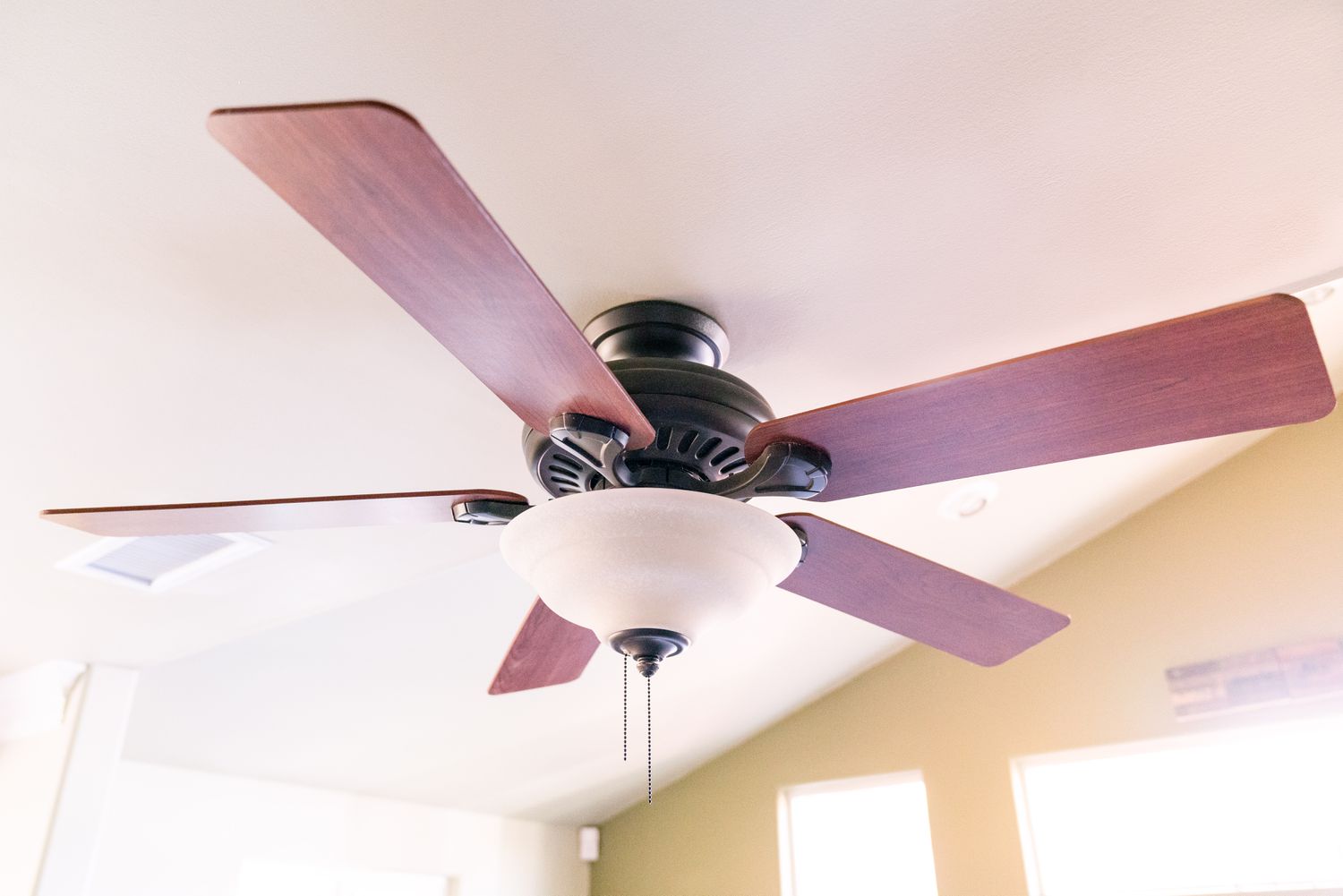
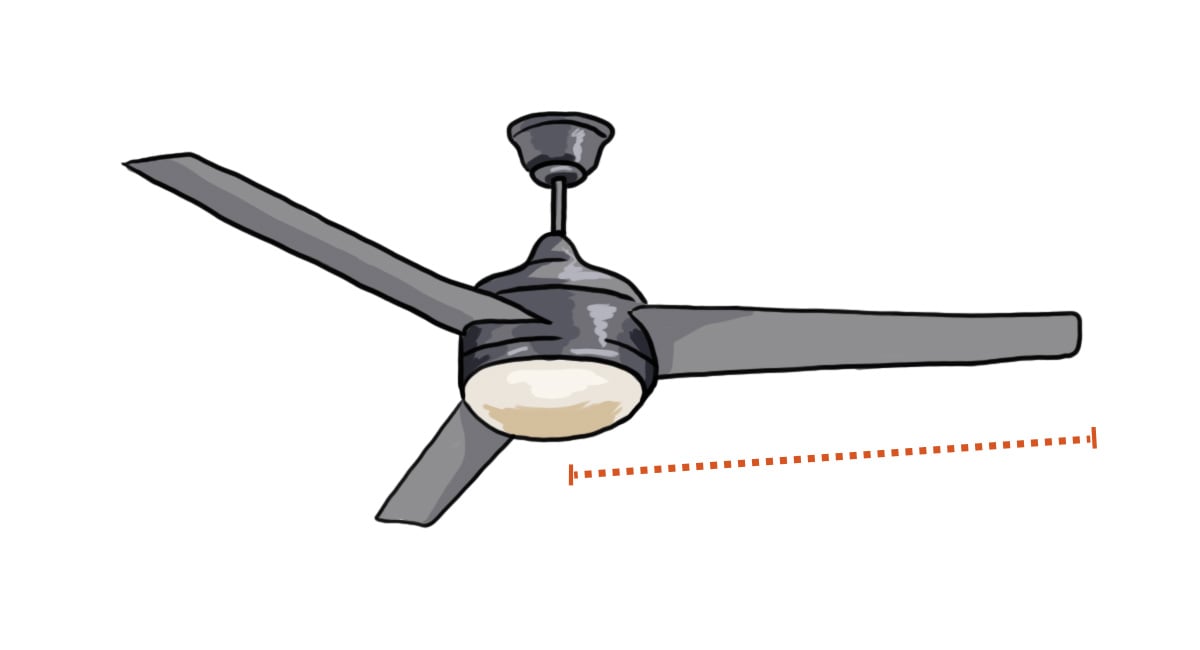
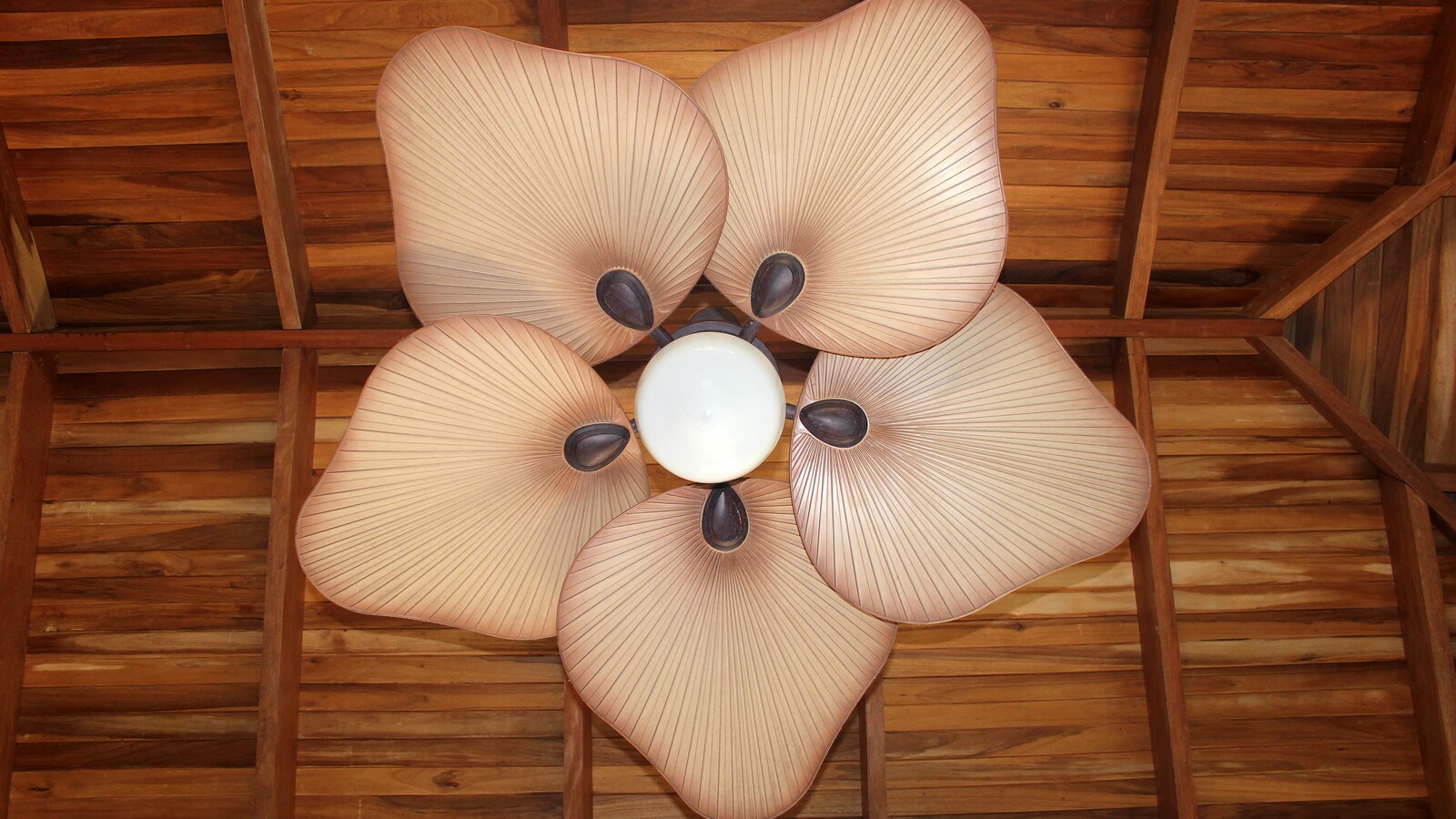
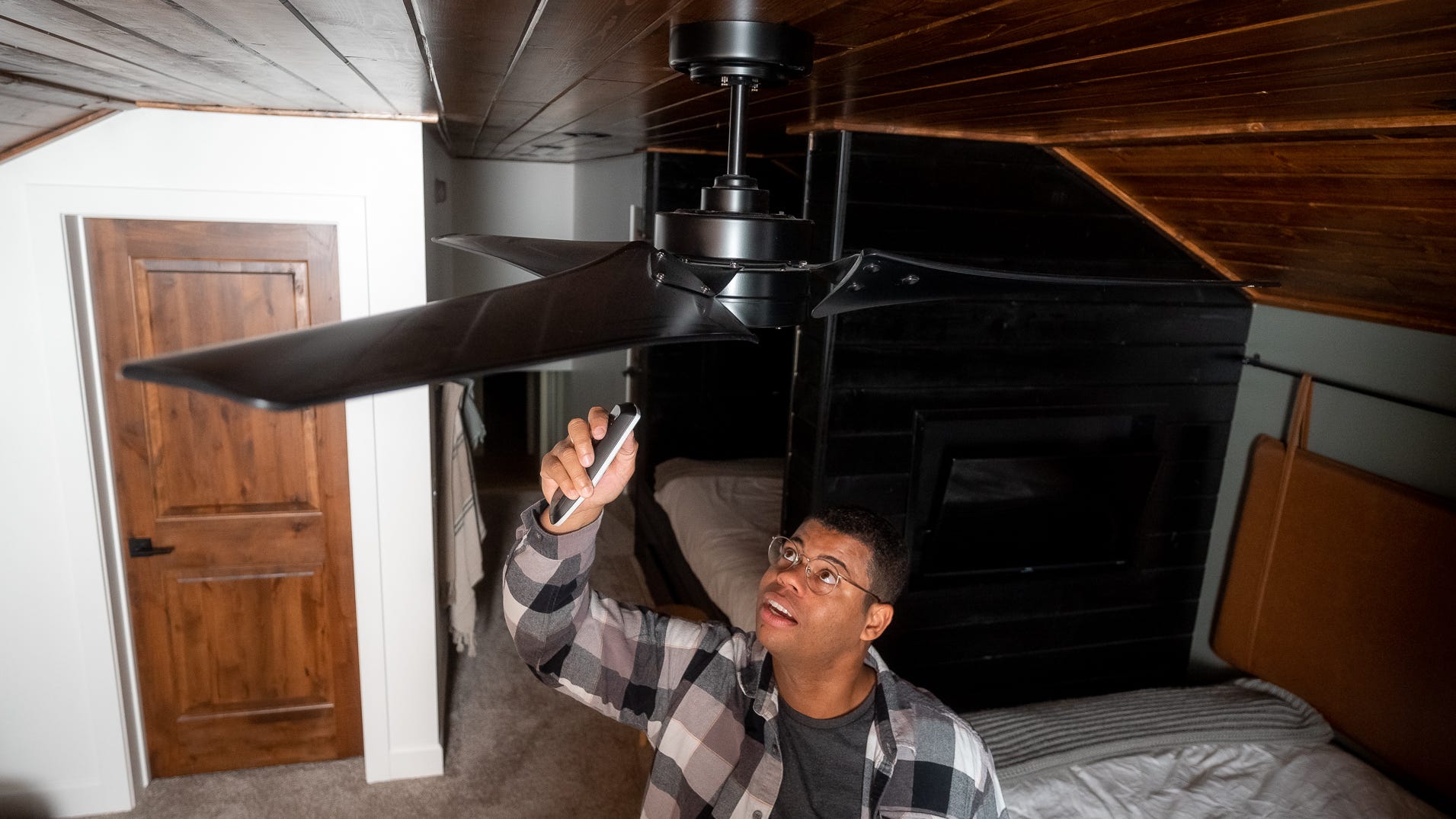
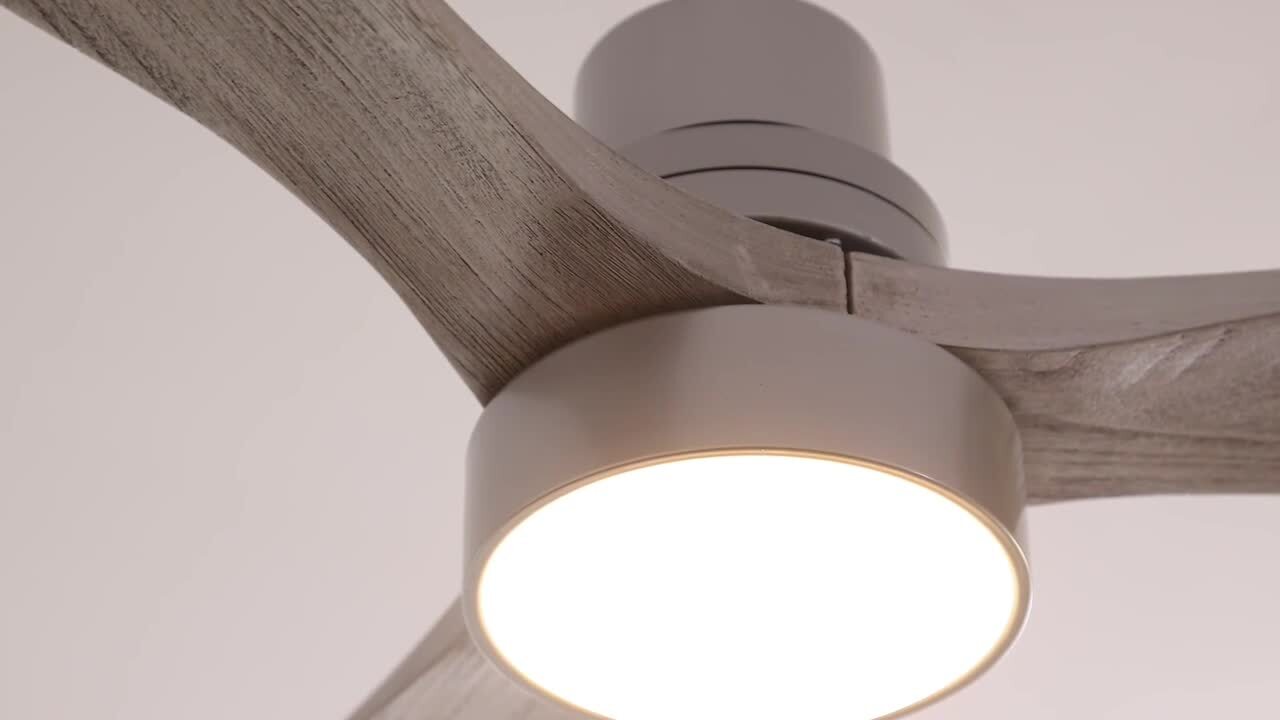

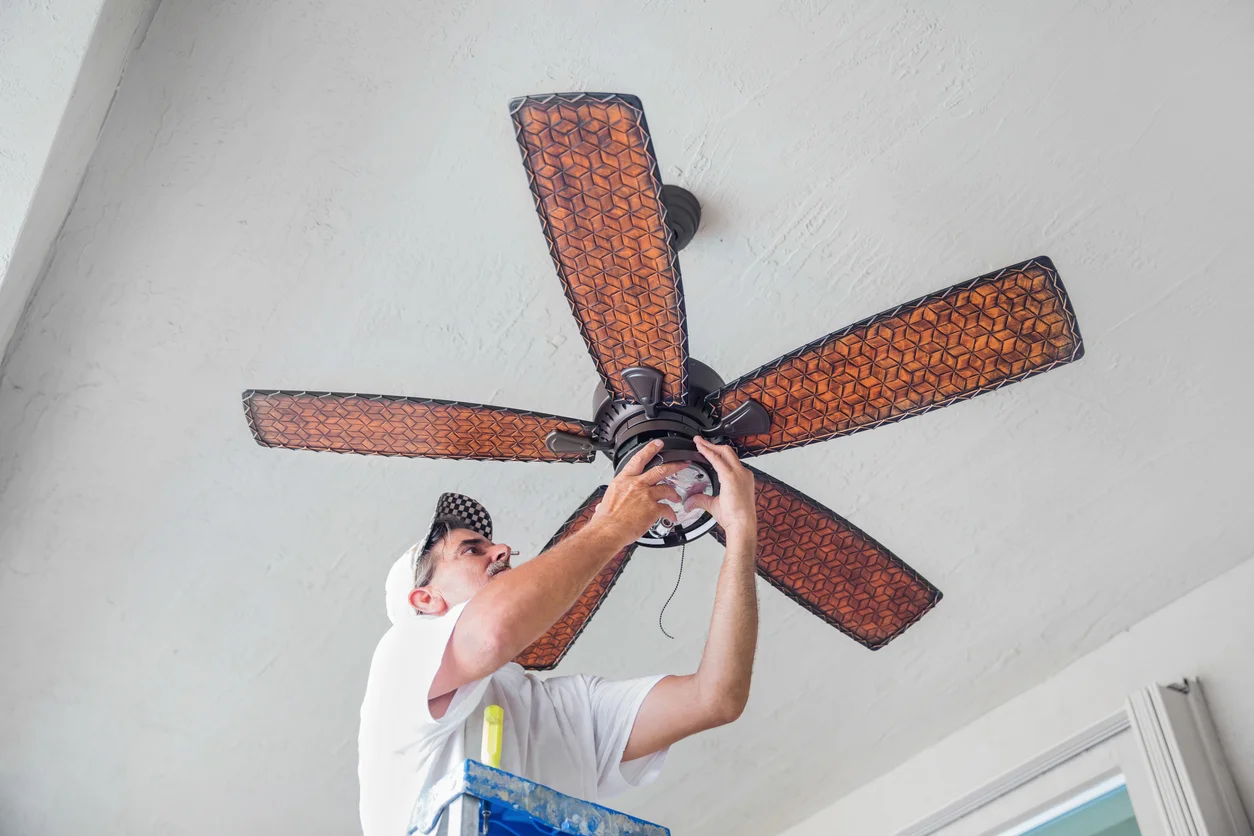
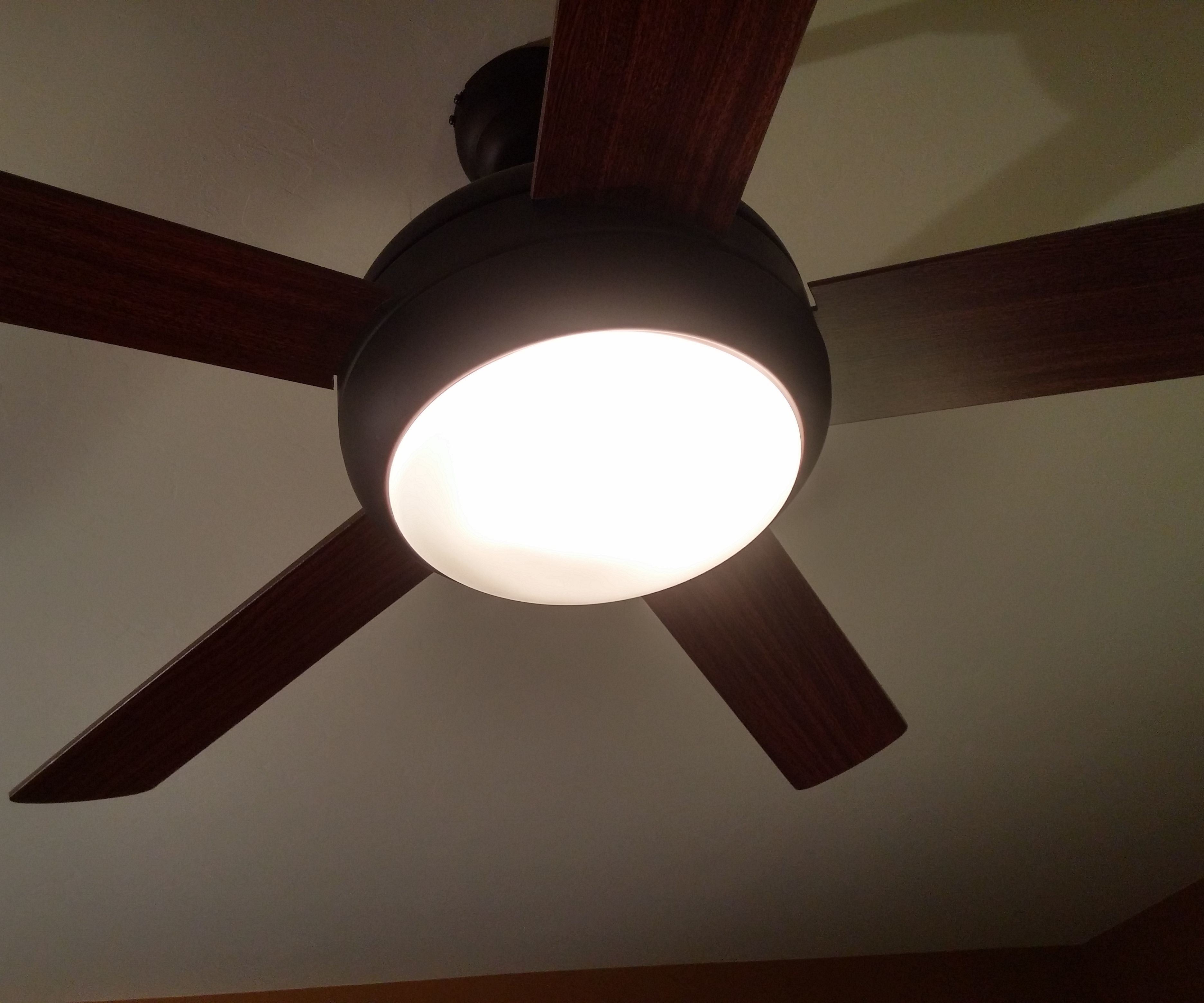
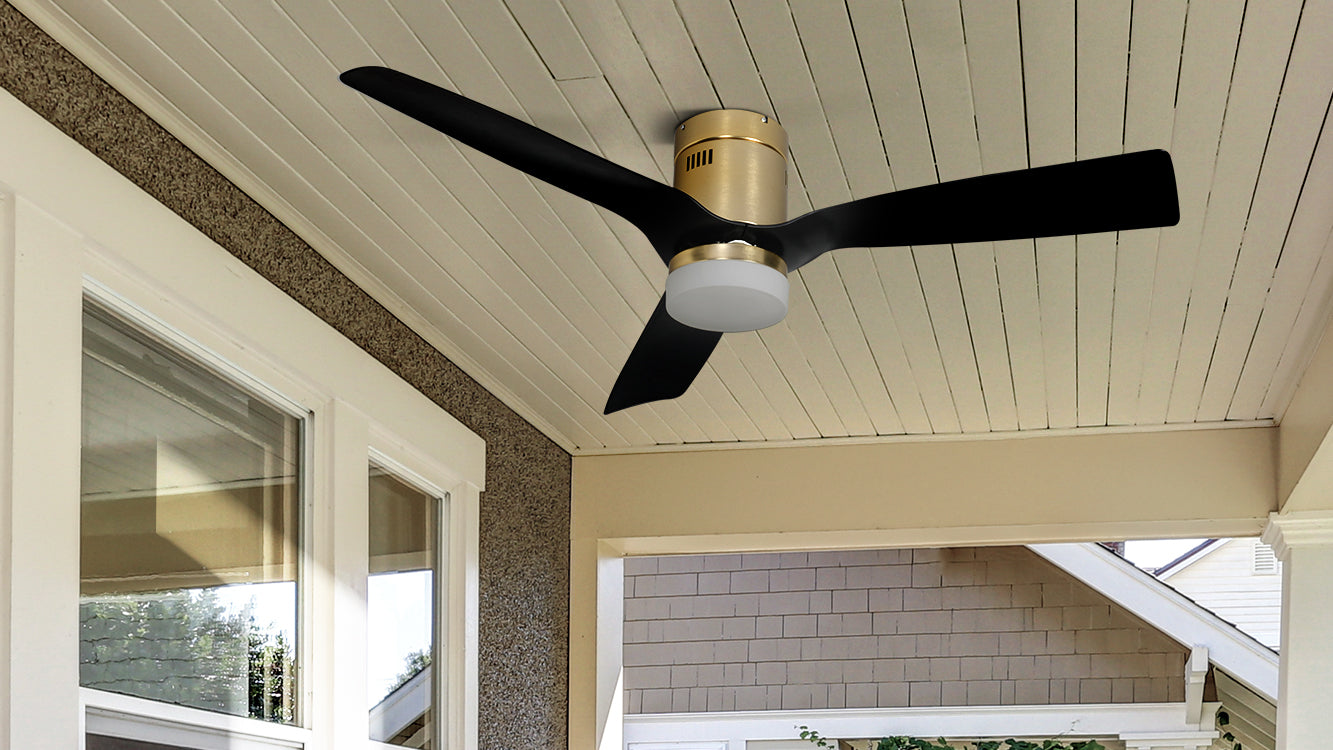
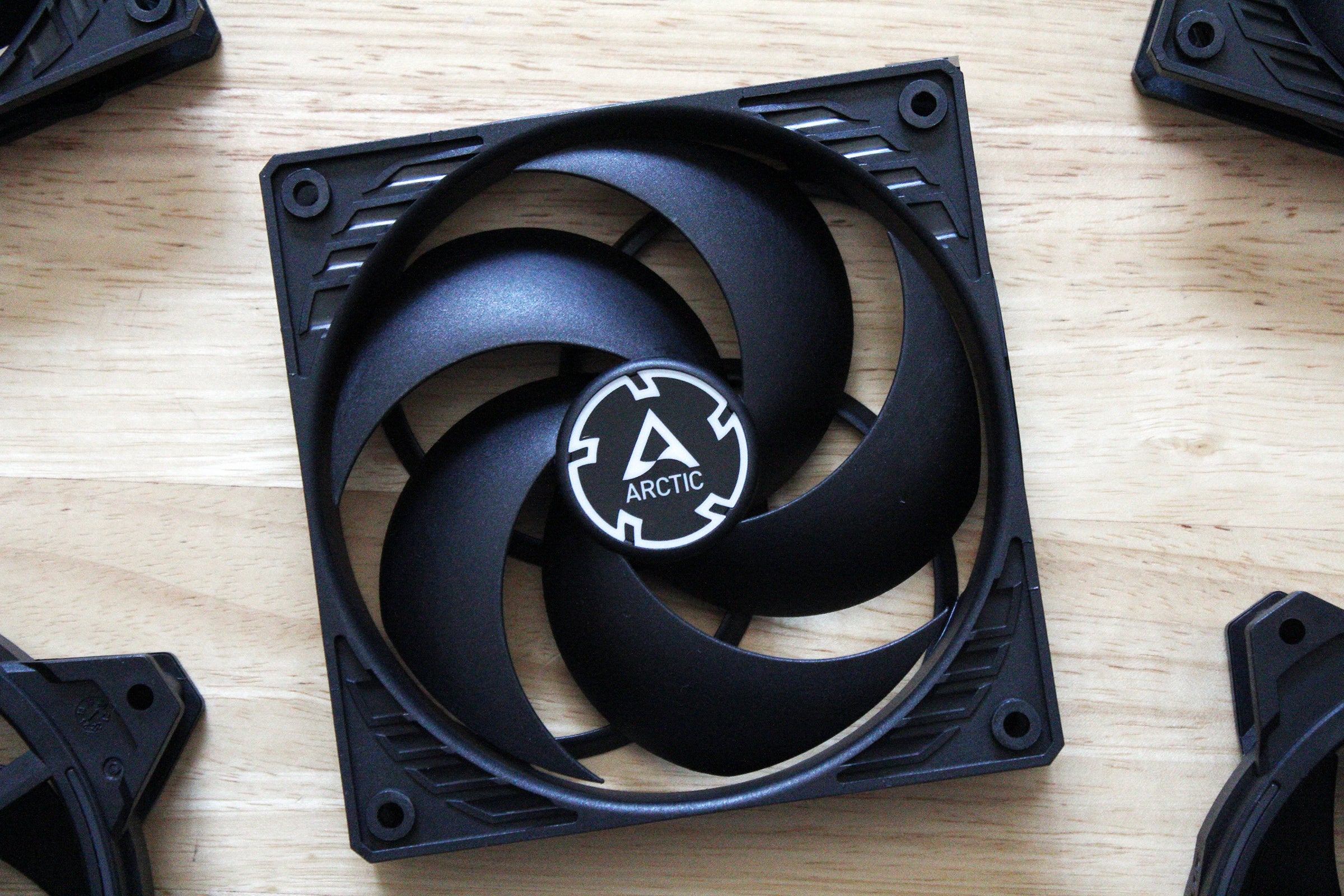
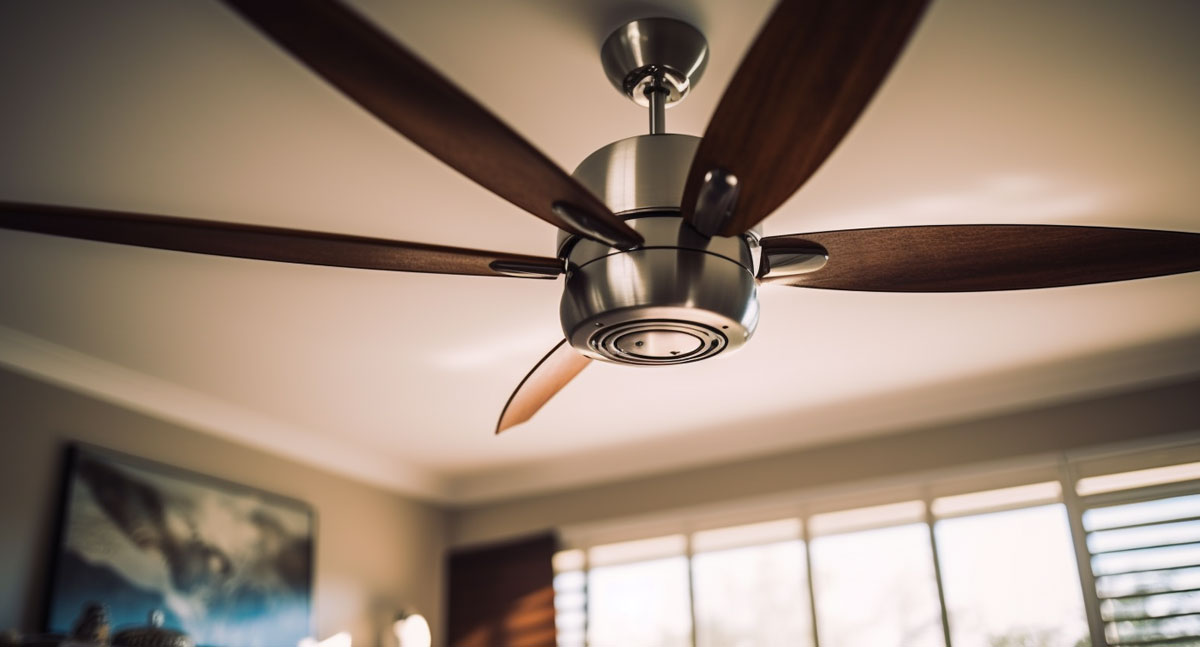
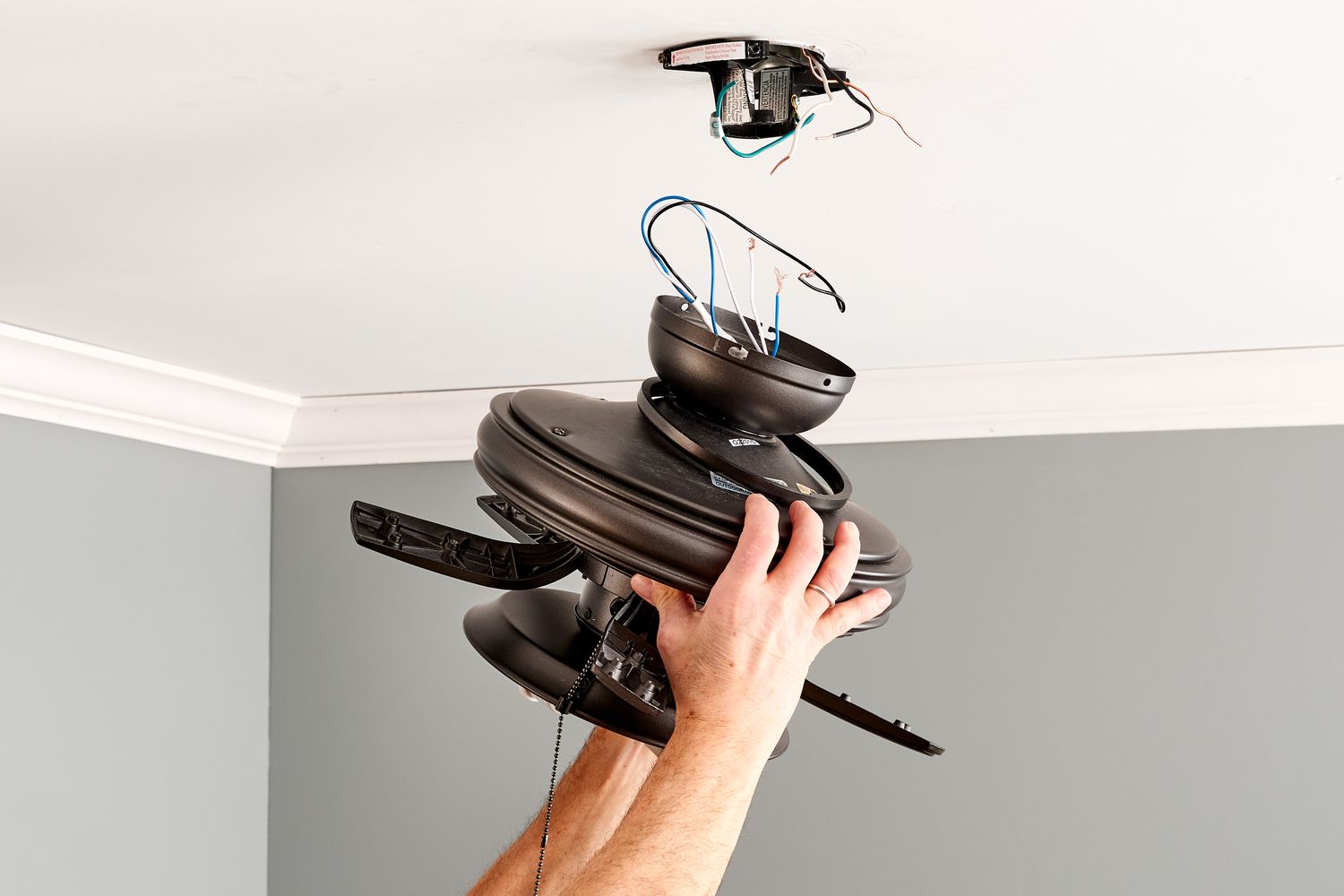

0 thoughts on “How Do Ceiling Fans Work”